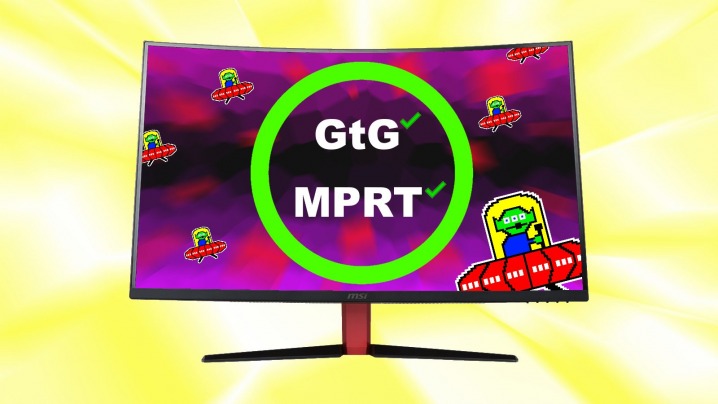- Joined
- Oct 9, 2007
- Messages
- 47,899 (7.37/day)
- Location
- Dublin, Ireland
| System Name | RBMK-1000 |
|---|---|
| Processor | AMD Ryzen 7 5700G |
| Motherboard | Gigabyte B550 AORUS Elite V2 |
| Cooling | DeepCool Gammax L240 V2 |
| Memory | 2x 16GB DDR4-3200 |
| Video Card(s) | Galax RTX 4070 Ti EX |
| Storage | Samsung 990 1TB |
| Display(s) | BenQ 1440p 60 Hz 27-inch |
| Case | Corsair Carbide 100R |
| Audio Device(s) | ASUS SupremeFX S1220A |
| Power Supply | Cooler Master MWE Gold 650W |
| Mouse | ASUS ROG Strix Impact |
| Keyboard | Gamdias Hermes E2 |
| Software | Windows 11 Pro |
Samsung Display has announced that the world's leading certification company SGS certified its laptop OLED for gaming performance, which is featured in Samsung Electronics' latest laptop Galaxy Book Pro and Galaxy Book Pro 360. According to SGS's test results, the new Samsung Display OLED showed the blur length below 1.4 mm and the moving picture response time below 15.4 ms, both of which are crucial to enjoying dynamic and fast-paced action games. An LCD laptop with identical specs showed the maximum 2.1 mm blur length and the 26.4 ms moving picture response time. Its HDR contrast ratio, which quantifies the sharpness and the depth of an image, resulted in over 1,000,000:1.
According to Samsung Display, fast-paced video games that require higher performance often suffer degradations in image quality when played on a display with a long blur length, which could harm user experience. OLED has a very wide range of contrast thus offers more immersive gaming experience for consumers who favor dynamic, flamboyant games, Samsung Display says.

The new Samsung Display OLED for laptop is also certified for cinematic experience with its wide color gamut (120% of DCI-P3) and its low-luminance expression capability below 0.0005 nits. "As people spend more time home, laptop has become the go-to device not only for web-surfing and word-processing but also for watching movies and sports game and playing video games," Choi Soon-ho, director at Samsung Display said. "OLED is the very display that could meet consumers' various needs"
View at TechPowerUp Main Site
According to Samsung Display, fast-paced video games that require higher performance often suffer degradations in image quality when played on a display with a long blur length, which could harm user experience. OLED has a very wide range of contrast thus offers more immersive gaming experience for consumers who favor dynamic, flamboyant games, Samsung Display says.

The new Samsung Display OLED for laptop is also certified for cinematic experience with its wide color gamut (120% of DCI-P3) and its low-luminance expression capability below 0.0005 nits. "As people spend more time home, laptop has become the go-to device not only for web-surfing and word-processing but also for watching movies and sports game and playing video games," Choi Soon-ho, director at Samsung Display said. "OLED is the very display that could meet consumers' various needs"
View at TechPowerUp Main Site




